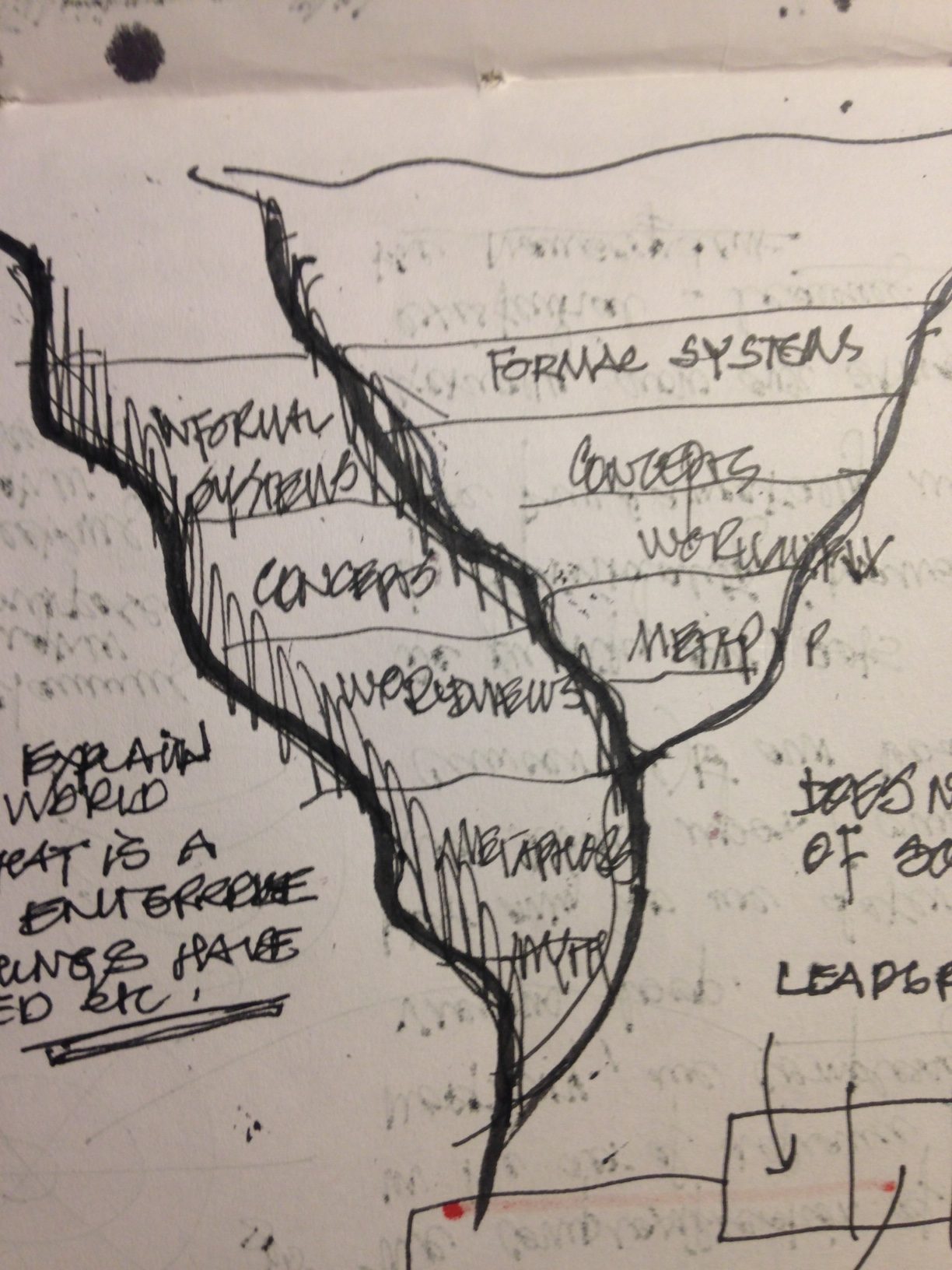From the Moribund to the Strategic – an Invitation to Conversations that matter
How does one understand and grapple with complex intractable issues such as poverty, inequality, environmental degradation, violence, etc. in order to create better and more enduring outcomes?
These challenges cannot easily be traced to simple causes – and therefore are not amenable to superficial treatments. One needs to go beyond the current world of order, into the deeper layers of society – in order to explore other dimensions of reality, such as the Social and Cultural.
What is your current portfolio of capabilities for understanding spaces beyond your current world of Order? Can you understand the Complex? Is the landscape of your world Complex?
Most of those who deal with Ordered Systems – are either responsible for dysfunction, get less than optimal results for their work, are facing complex intractable challenges, or, are looking to create new Value, but not sure how to do that. All existing avenues have been exhausted. They also anticipate and increase complexity and uncertainty and do not know how to navigate it.
In order to do that, they need to look beyond their worlds of Order – Beyond their current understandings in Healthcare, Finance or Education, for example. They are uncertain about how to do that – there is not much clarity. The emerging world seems very complex and no clear paths are visible. Purely rational models (ways of constructing knowledge)of the modern, industrial era do not work.
Knowing how we know
For this one needs to revisit the way one constructs knowledge of the world in which we propose to intervene – because we have exhausted the potential of what used to be an Ordered World, and this new world that we propose to discover, is unfamiliar and not amenable to conventional ways of knowing and understanding.
Bigger Picture – Divergence – Opening up Strategic Options Spaces:
Having acquired new ways of knowing, more conducive to knowing complex situations, one needs to understand a complex reality – something that includes a complex landscape of possibilities.
The opportunity to create New and Novel value lies beyond the borders of current regimes of order. One then gets an understanding of a new whole, which can be described and a way to speculate possible pathways through that complexity.
This new whole that includes the world beyond the worlds of order is complex, and does not necessarily reduce complexity or uncertainty – if that is what you were trying to get a handle on – it just describes the real nature of the whole world and in some cases the possible reasons why it is so.
It however enables you to have much richer conversations that include several perspectives, or rather, does not ignore or leave out any perspective just in the interest of simplification or reduction. It points to the errors in the current models of the world of order.
Through these expanded and richer conversations it becomes possible to move forward in a better-informed path-finding. The process therefore ends in an Invitation to a strategic conversation, which would include deeper insights and therefore result in more strategic outcomes.
Carve out New Opportunities and Intervene
Now you can carve out opportunities from a richer landscape and develop interventions being guided by a new Strategic Architecture – a new set of Principles.

